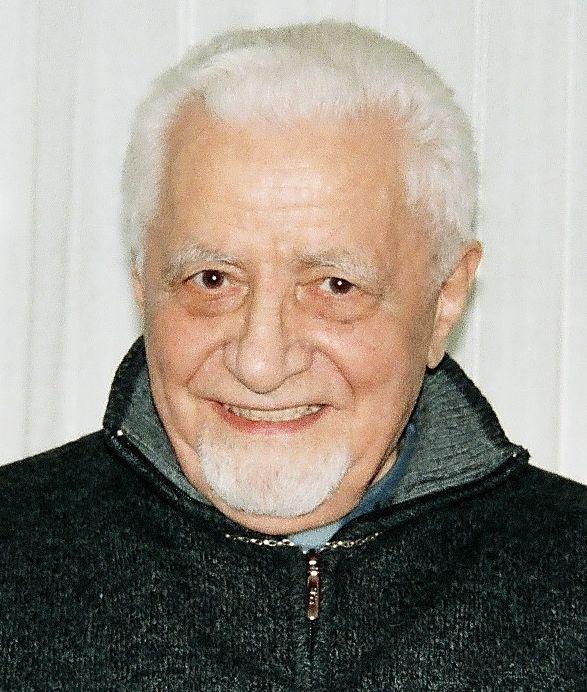Daniel Comboni
Comboni Missionaries
Institutional area
Other links
Newsletter
In Pace Christi
Crotti Luigi
Fr. Luigi Crotti was born in Albinea, Reggio Emilia, on 21 April, 1920. He joined the diocesan seminary of Reggio Emilia where he completed his secondary studies. He went to the Comboni novitiate at Venegono in the autumn of 1940 and took his first vows on 7 October, 1942. He studied theology at Rebbio where he was ordained priest on 29 May, 1945.
He spent three years teaching and as a prefect in Carraia. In 1946-47 he was in charge of mission promotion and recruiting while still based at Carraia.
In 1948, he was appointed to the NAP. He began his ministry in California at Pala, in an Indian reservation entrusted to the Combonis. He was deeply interested in cinematography. He did a course in Los Angeles and, on his return from Pala, made his first documentary. His work with the media could not have had a better start. In March, 1953, he went to Cincinnati to produce “The Voice of God”.
In 1956, he returned to Italy. While there he prepared an amount of missionary material. He was assigned for three years to the community of San Pancrazio, in Rome, where his main work was in the field of audio-visuals. Then he went to Carraia as vocation promoter and, a year later, he became the superior of the community.
In 1961, he was sent to London to edit the magazine “Missions” and to work among Italian immigrants. When he returned to Italy he worked in ministry at the Milan house. In March, 1964, he produced the documentary “Blood Drinkers”.
In 1965, he was sent to Verona for seven years, and was able to dedicate more time there to audio-visuals. In July, 1966, he wrote: “I have to look after the African students and then I will start filming. Africa has a new face. I am preparing programmes for the centenary of the Institute”. In October, 1968: “I am on my way back to Uganda to make documentaries”. Then he spent seven years in the community of Milan.
In early 1979, Fr. Luigi was assigned to Uganda. He spent five fruitful years in the mission of Kanawat, among the Karimojong. As soon as he arrived in his new mission he immediately plunged into the pastoral work of the parish, devoting himself mainly to Bible teaching at the nearby secondary school. This provided him with the opportunity to form a group of young volunteers committed to witnessing to Christian values who dedicated themselves especially to helping their brothers and sisters who had been sorely tried by the disease of the time – cholera – and by the violence in the country.
He returned to Italy in 1984 and, with the approval of his superiors, he worked for four years in the charismatic movement, especially in the diocese of Assisi. In 1987, he wrote to his superiors: “In many ways, these have been three wonderful years during which I had beautiful experiences as well as suffering of various sorts... I took counsel from my bishop, as I told him I must remain a Comboni at all costs”. Subsequently, he continued his ministry in the Comboni communities of Florence, Verona – at the church of San Tomio – and Milan.
In 2005, he went for treatment at the Ambrosoli Centre in Milan and died there on 27 February, 2013.
Da Mccj Bulletin n. 258 suppl. In Memoriam, gennaio 2014, pp. 26-31.

